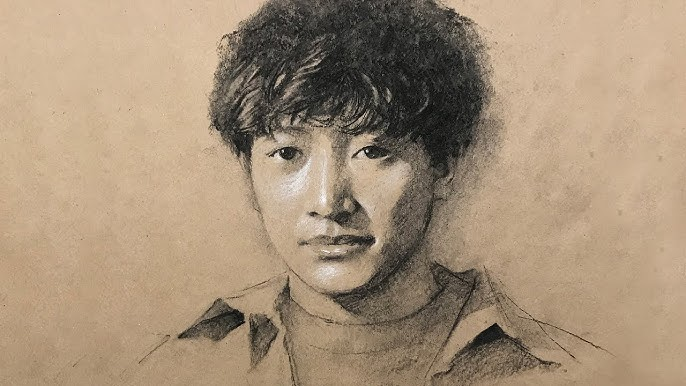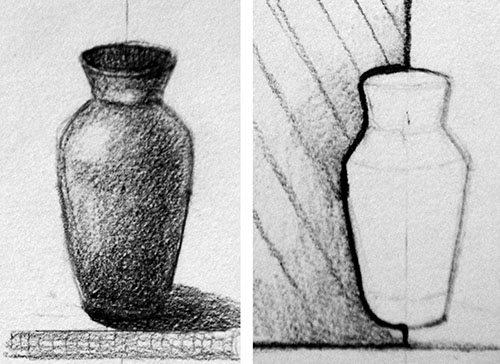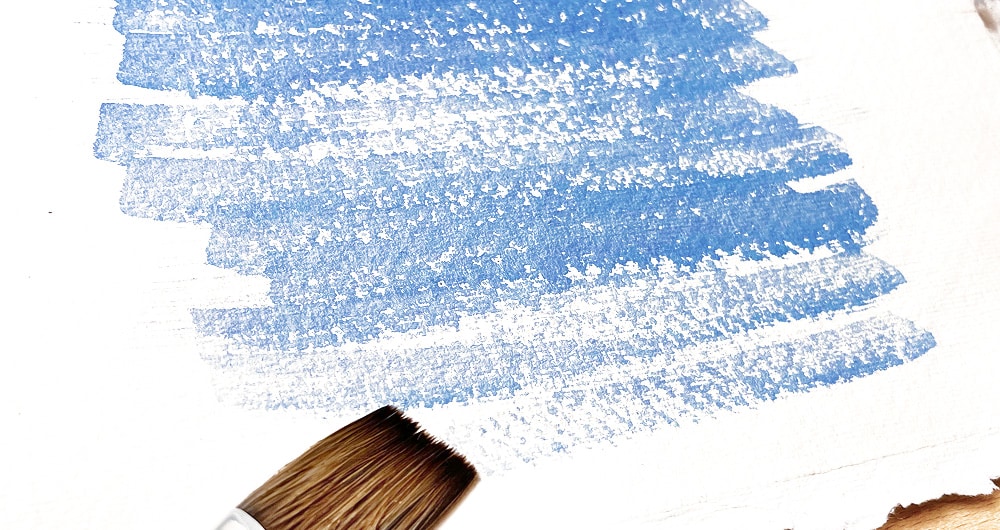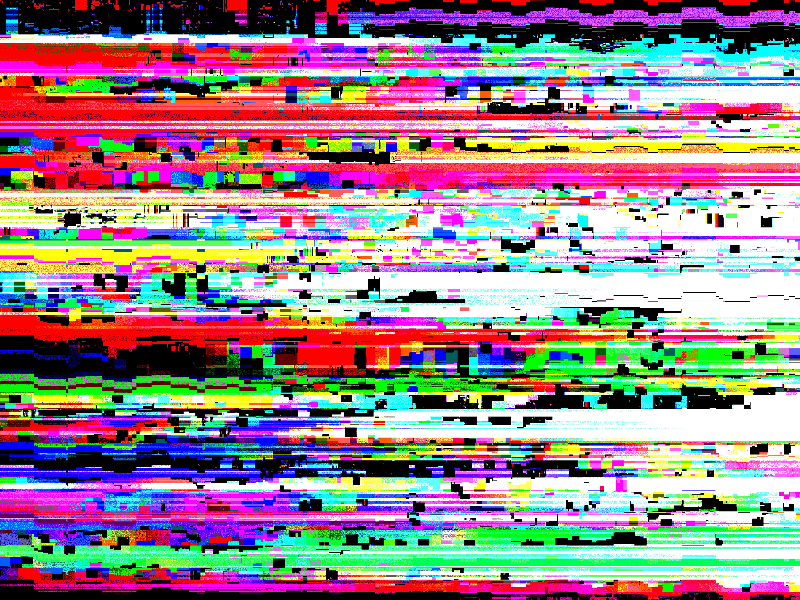Scumbling is a refined painting method that uses a thin, semi-opaque layer of lighter pigment brushed over a darker underlayer—perfect for creating atmospheric depth and soft transitions. Originating with classical oil painters of the Renaissance, this technique has found renewed prominence in contemporary acrylic and oil painting instruction. By applying broken layers, scumbling allows subtle shifts in color and texture, ideal for rendering skies, misty landscapes, and softly defined forms. Art instructors praise its ability to “create luminosity without losing structure,” underscoring its reliable results when executed correctly.
To scumble effectively, begin with a fully dried underpainting—typically in mid to dark tones. Load a dry brush with a small amount of lighter paint, then gently drag it across the surface, allowing the underlayer to peek through. This broken application avoids opacity, lending richness and complexity. Professional artists recommend experimenting with brush types: soft-bristled brushes yield gentler blends, while stiff bristles produce expressive textures. Many tutorials suggest practicing on cardboard or canvas scraps, adjusting pressure and rotation until the desired effect is achieved.
In terms of craft credibility, scumbling offers both visual appeal and beginner-friendly accessibility. It doesn’t require expensive tools—just a brush, paint, and patience—and can rescue overworked areas by gently unifying the surface. Atelier instructors and painting coaches regularly include scumbling in foundational workshops, highlighting its role in building painterly nuance. Whether you’re enhancing a glowing sky or adding subtle shimmer to highlights, scumbling is a timeless, evidence-backed technique that elevates paintings with elegant depth and luminosity.





